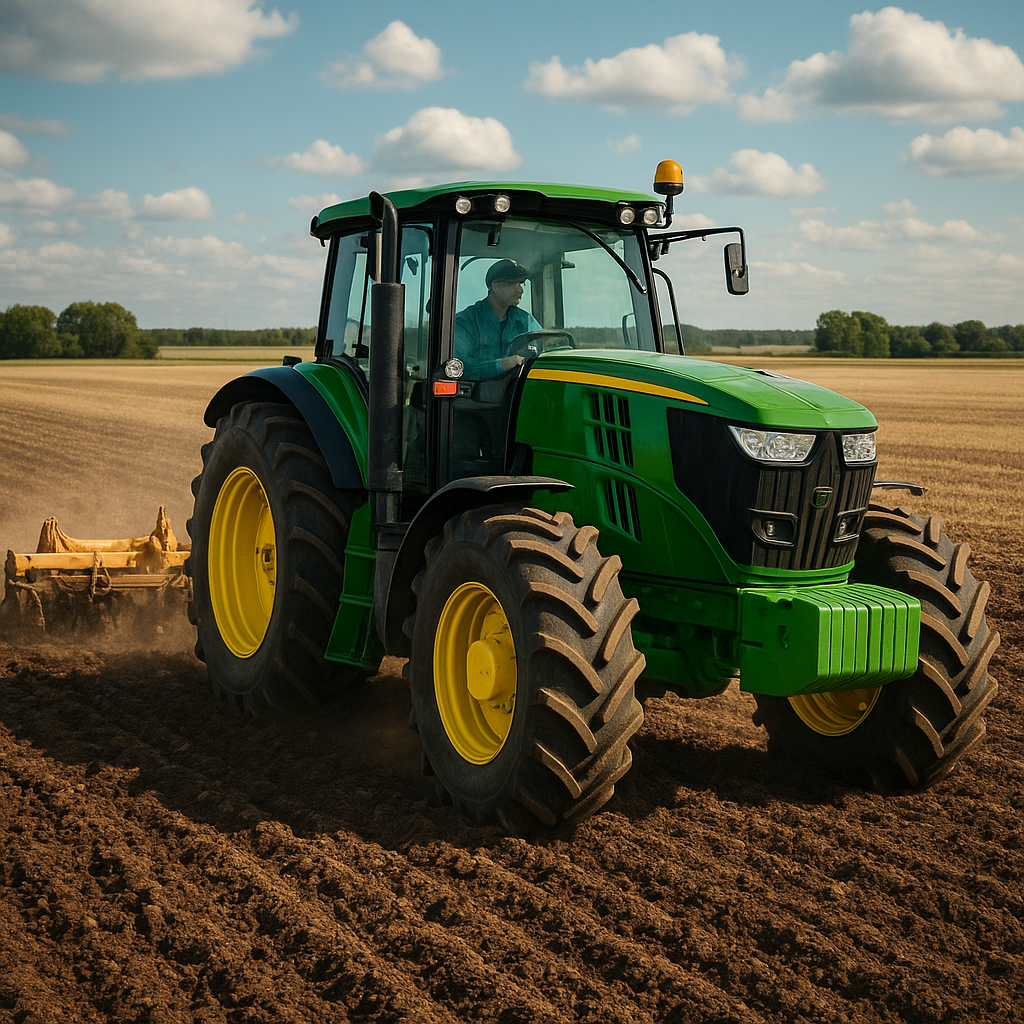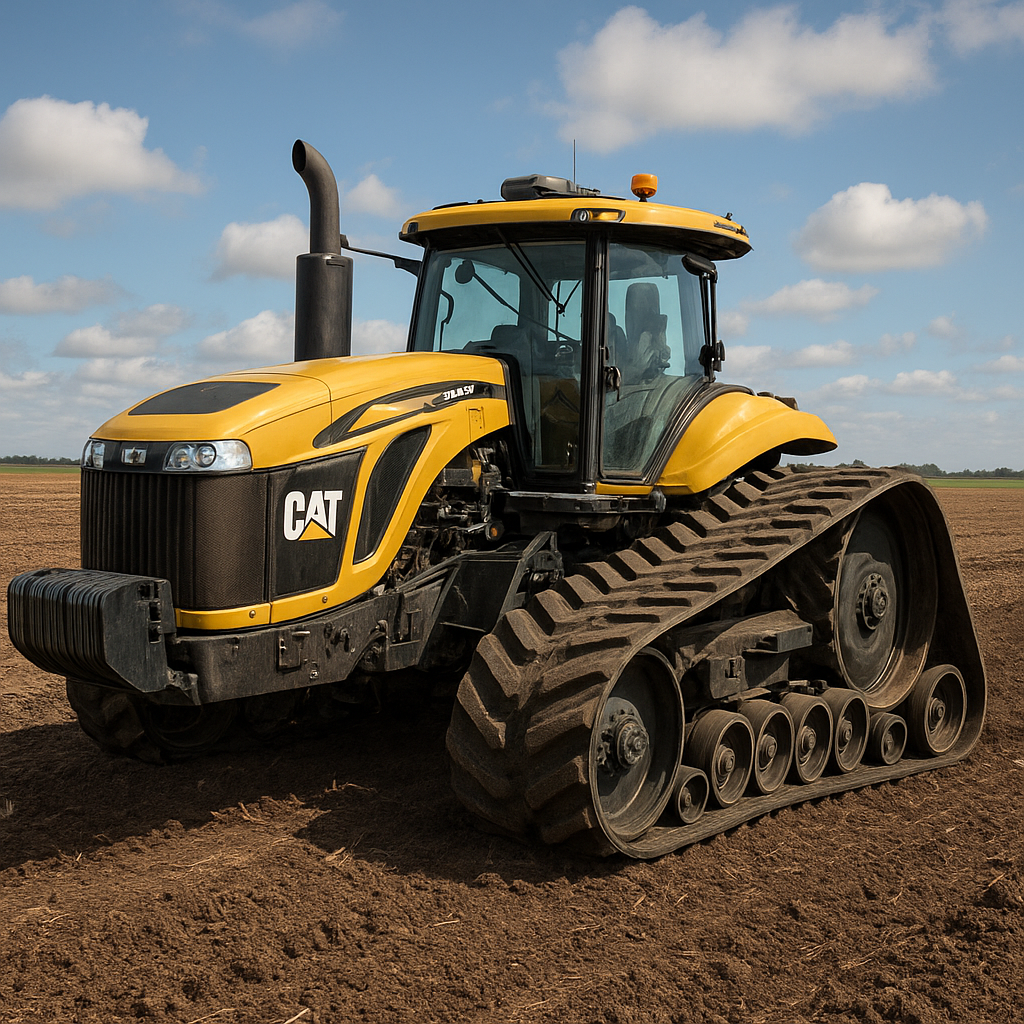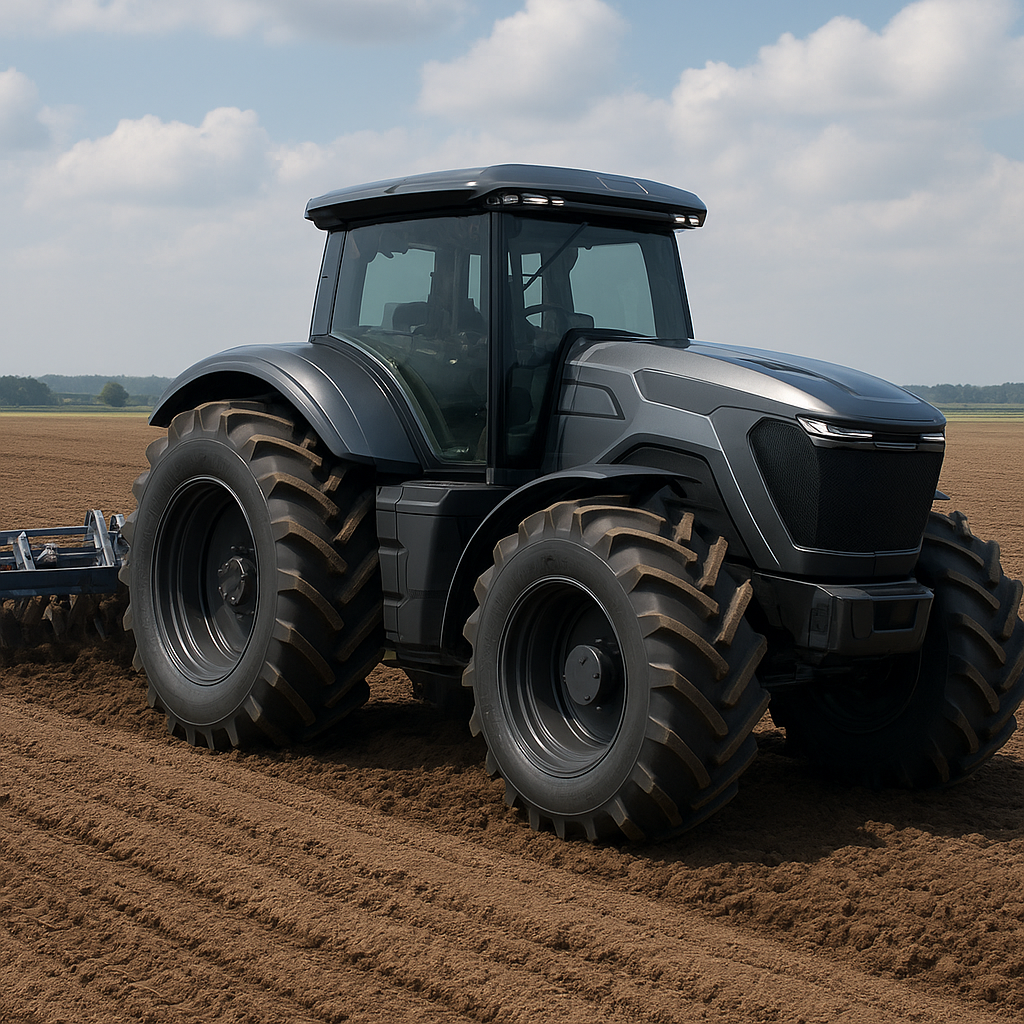The world of agricultural machinery has witnessed the rise of behemoths designed to conquer the toughest fields. These tractors are not only a testament to human ingenuity but also represent a fusion of raw powerful performance and cutting-edge engineering. From their humble beginnings to the modern giants that dominate the landscape, the saga of the heaviest tractors is a compelling journey through innovation and human ambition.
History and Evolution of Heavyweight Tractors
Early Pioneers
The first mechanized tractors emerged in the early 20th century, replacing horses and oxen on farms. These early models were modest by today’s standards, boasting only a few dozen horsepower. Yet, they laid the groundwork for subsequent advancements. Manufacturers like Fordson and International Harvester introduced reliable machines that revolutionized plowing, seeding, and hauling. Despite their limited size, these tractors demonstrated the potential for mechanized farming to increase yields and reduce labor.
Post-War Expansion
Following World War II, agricultural mechanization accelerated dramatically. Nations rebuilt their economies, and the demand for larger, more capable tractors soared. In the 1950s and 1960s, multi-thousand-pound machines began to appear. Innovations in engine design, materials science, and hydraulics allowed for increased traction and load capacity. Diesel engines replaced gasoline units, offering better fuel economy and greater torque at low RPMs, essential for heavy fieldwork.
Modern Giants
By the late 20th century, manufacturers competed fiercely to produce the heaviest tractors in the world. Machines like the Big Bud 747, weighing over 100,000 pounds, set new benchmarks. Simultaneously, European companies such as Fendt and Case IH introduced high-tech tractors that balanced weight with precision farming technologies. Today’s mega-tractors represent the pinnacle of decades of incremental enhancements, delivering unmatched efficiency and productivity on vast agricultural enterprises.
Engineering Marvels behind the Titans
Designing a heavyweight tractor goes far beyond simply adding more metal. Engineers must address a complex interplay of factors to ensure reliability and performance under immense stress. Key components include the engine, transmission, chassis, and advanced control systems.
- Engine and Powertrain: Modern giants often boast engines exceeding 600 horsepower. These colossal powerplants require robust cooling systems, advanced fuel injection, and turbocharging to maintain consistent output during extended operation.
- Transmission and Gearing: Heavy tractors utilize multi-speed transmissions—sometimes 20 or more gears—allowing operators to fine-tune speed and torque. Continuously Variable Transmissions (CVTs) have gained popularity for seamless power delivery.
- Chassis and Frame: The structural frame must support immense weight while resisting torsional forces in uneven terrain. High-strength steel alloys and innovative beam structures enhance durability without excessive bulk.
- Hydraulics and PTO: Sophisticated hydraulic systems drive implements such as plows, seeders, and sprayers. Powerful pumps deliver hydraulic flow rates exceeding 100 gallons per minute, ensuring rapid implement response.
- Tires and Undercarriage: Large-diameter, wide-profile tires distribute weight to preserve soil structure and maximize stability. Some models employ dual tires or full tracks to further reduce ground pressure.
- Electronic Control Systems: Integrated sensors, GPS-guided autosteering, and telematics platforms enable operators to achieve pinpoint precision in planting, fertilizing, and harvesting.
Flagship Models and Leading Manufacturers
Big Bud 747
The iconic Big Bud 747 remains the heaviest tractor ever built. Constructed in the United States in 1977, it weighs over 100,000 pounds and generates 750 horsepower. Its eight-wheel configuration delivers unparalleled traction, making it ideal for breaking virgin soil on large-scale farms.
Case IH Steiger Quadtrac
Case IH’s Quadtrac series marries four independent tracks with a powerful engine exceeding 600 horsepower. This design reduces soil compaction while offering exceptional pull strength. The onboard telematics suite provides real-time data for optimizing field operations.
Fendt 1150 Vario
Germany’s Fendt leads in high-tech tractors with the 1150 Vario. With 517 horsepower and a CVT transmission, this model emphasizes fuel efficiency and operator comfort. Innovative features include adaptive cruise control, panoramic cabs, and precision farming integration.
Massey Ferguson MF 8700 S Series
Massey Ferguson’s flagship series offers up to 470 horsepower in a conventional four-wheel drive layout. Known for its reliability and ease of maintenance, the 8700 S Series features ergonomic controls and advanced hydraulic systems suitable for heavy-mounted implements.
Impact on Agriculture and Industrial Applications
Heavy tractors have transformed modern agriculture by enabling large-scale cultivation, reducing labor costs, and improving crop yields. Their ability to tow massive implements means fields can be plowed, planted, and harvested in record time. Moreover, these machines facilitate:
- Deep tillage operations that improve soil aeration and root penetration.
- Precision seeding that ensures uniform crop emergence and optimal spacing.
- Efficient nutrient application using high-capacity sprayers and spreaders.
- Large-scale transport of grain and other bulky materials across farms and processing facilities.
Beyond agriculture, heavyweight tractors find roles in non-farming industries. They assist in land reclamation, forestry, and even large-scale earthmoving projects. Their adaptability and sheer pulling force make them invaluable in remote or rugged environments where traditional construction equipment might struggle.
Challenges and Future Developments
Despite their advantages, the operation of the heaviest tractors presents challenges. Fuel consumption remains significant, driving research into hybrid and electric drivetrain solutions. Manufacturers are exploring alternative energy sources—such as hydrogen fuel cells—to reduce carbon footprints while maintaining powerful performance.
Soil health concerns also prompt innovations to minimize compaction. Adjustable tire pressure systems and track-based undercarriages help spread weight more effectively. Advances in sensor technology will further refine agro-mechanics, allowing real-time adjustments to speed, load, and implement position for maximum efficiency.
Operator comfort and safety continue to advance. Ergonomic cab designs, automated steering, and collision-detection systems reduce fatigue and enhance field productivity. As data analytics platforms evolve, farmers will harness predictive maintenance alerts, optimizing uptime and minimizing repair costs—ensuring these titanic machines remain in peak condition through every season.









